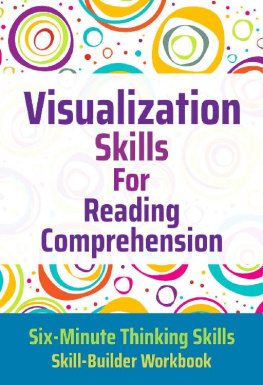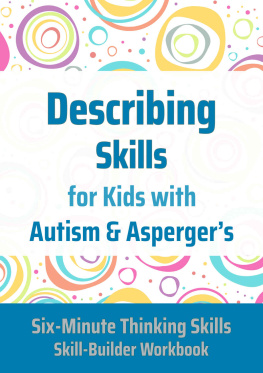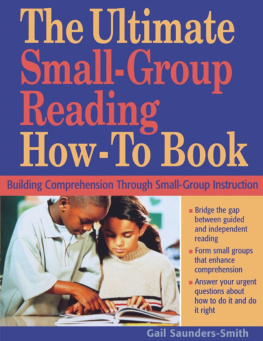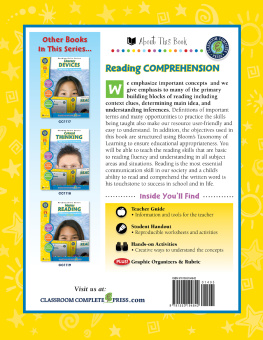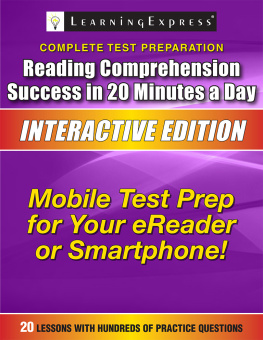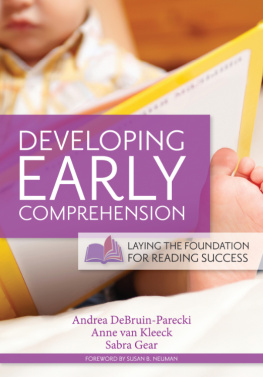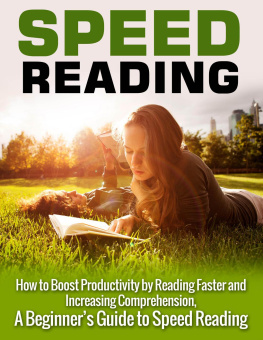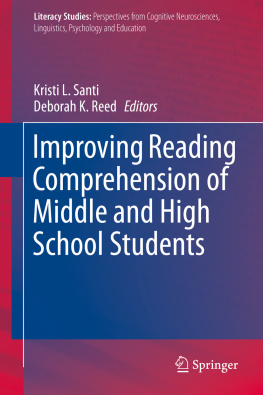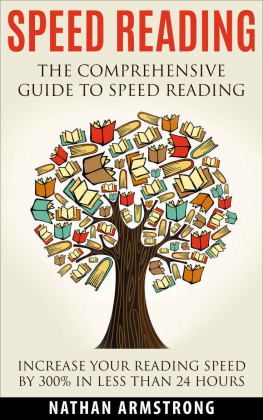Janine Toole PhD - Visualization Skills for Reading Comprehension (Six-Minute Thinking Skills Book 2)
Here you can read online Janine Toole PhD - Visualization Skills for Reading Comprehension (Six-Minute Thinking Skills Book 2) full text of the book (entire story) in english for free. Download pdf and epub, get meaning, cover and reviews about this ebook. year: 2018, publisher: Happy Frog Press, genre: Children. Description of the work, (preface) as well as reviews are available. Best literature library LitArk.com created for fans of good reading and offers a wide selection of genres:
Romance novel
Science fiction
Adventure
Detective
Science
History
Home and family
Prose
Art
Politics
Computer
Non-fiction
Religion
Business
Children
Humor
Choose a favorite category and find really read worthwhile books. Enjoy immersion in the world of imagination, feel the emotions of the characters or learn something new for yourself, make an fascinating discovery.
- Book:Visualization Skills for Reading Comprehension (Six-Minute Thinking Skills Book 2)
- Author:
- Publisher:Happy Frog Press
- Genre:
- Year:2018
- Rating:3 / 5
- Favourites:Add to favourites
- Your mark:
Visualization Skills for Reading Comprehension (Six-Minute Thinking Skills Book 2): summary, description and annotation
We offer to read an annotation, description, summary or preface (depends on what the author of the book "Visualization Skills for Reading Comprehension (Six-Minute Thinking Skills Book 2)" wrote himself). If you haven't found the necessary information about the book — write in the comments, we will try to find it.
Visualizing is our ability to create mental pictures in our heads based on the text we read or the words we hear. It is one of the key skills required for reading comprehension.
Students who visualize as they read not only have a richer reading experience but can recall what they have read for longer periods of time.
Moreover, having a strong mental image of a text allows students to more accurately and effectively answer Higher Order Thinking (HOT) questions, such as inferencing, prediction, etc.
If your learner struggles with reading comprehension, working on visualization skills should be high on your list of priorities.
Visualization Skills for Reading Comprehension provides step-by-step activities to quickly build the ability to visualize information while reading.
Key details of this workbook are:
- Suitable for 1-1 or classroom use
- Gradually increments difficulty
- No-prep. No extra materials required
- Small chunks. Our worksheets are designed for six-minute sessions. Anytime you have a spare moment, your learner can accomplish the next incremental step in their learning journey.
The ability to visualize as you read is key for school and learning success. Support your struggling readers with this fun, engaging workbook that will build your learners ability and confidence in this important skill.
Kindle Users:
This workbook is designed to be equally effective whether you write in the print version or use your own paper with the Kindle version.
Grab this easy-to-use and effective workbook today and get your learner on the road to success.
Janine Toole PhD: author's other books
Who wrote Visualization Skills for Reading Comprehension (Six-Minute Thinking Skills Book 2)? Find out the surname, the name of the author of the book and a list of all author's works by series.

